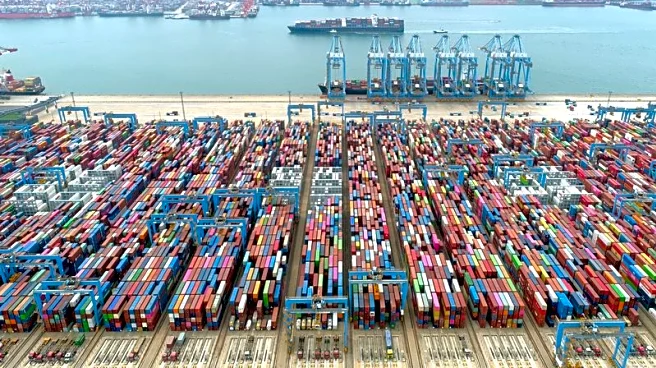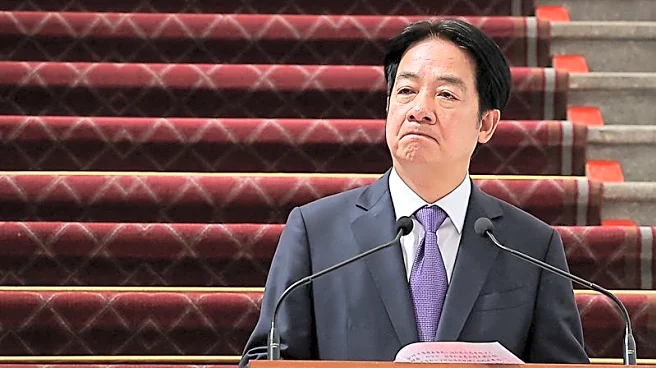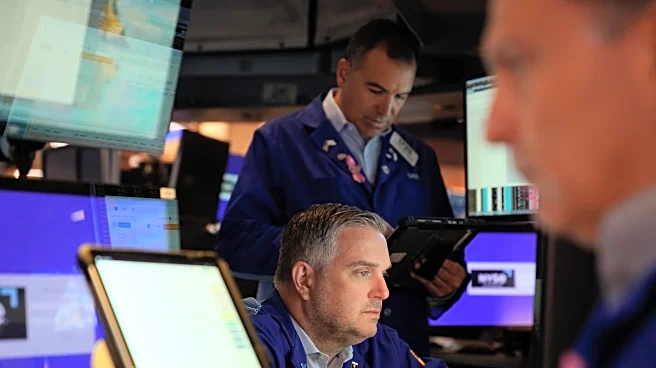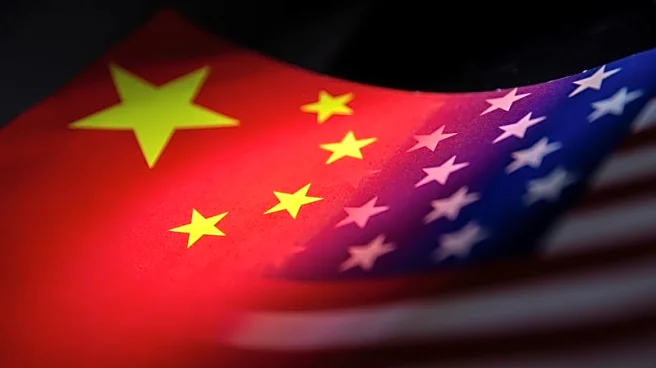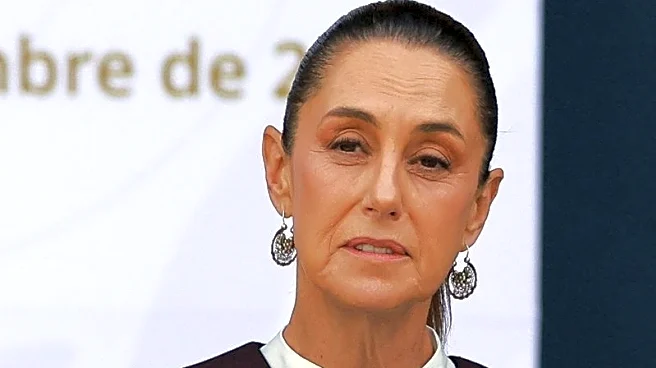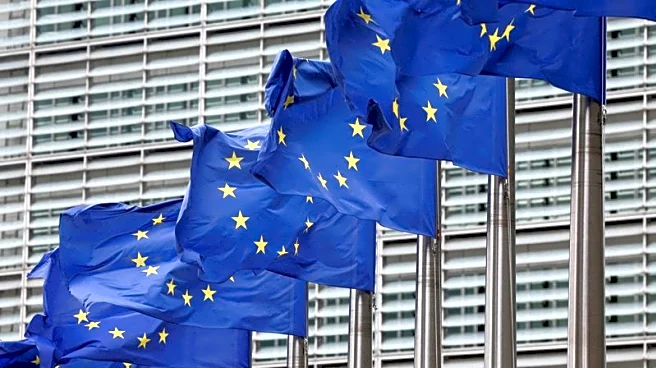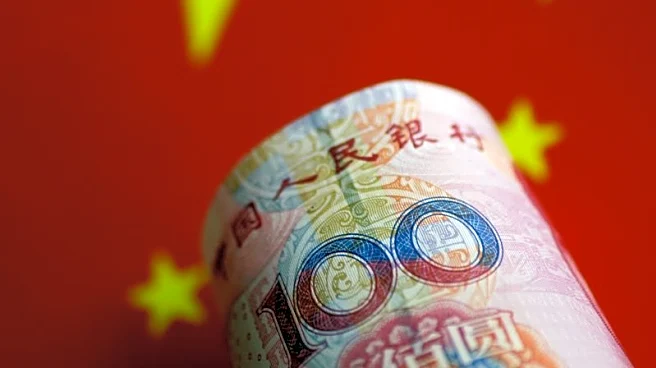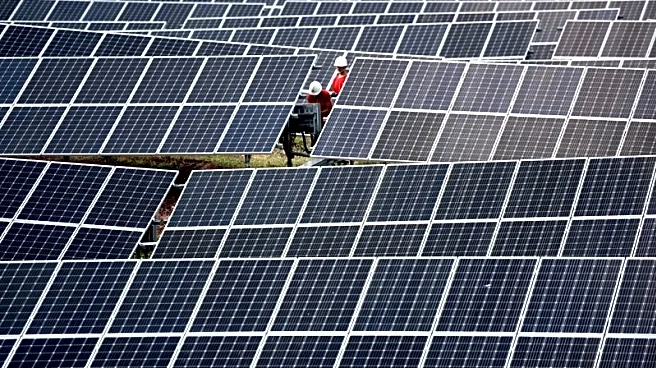BEIJING (Reuters) -China's export growth likely gathered pace in September, suggesting manufacturers are rising to the challenge of finding buyers beyond the U.S. - the world's top consumer market - as a trade deal with President Donald Trump remains elusive.
No other country comes close to matching U.S. consumption power, which once absorbed over $400 billion of Chinese goods each year. But policymakers are banking on factory owners boosting sales to Asia, Africa and Latin America to offset the trade
curbs and keep the $19 trillion export-orientated economy on track to hit an official annual growth target of around 5%.
Outbound shipments were expected to have risen 6.0% in value terms year-on-year, according to the median forecast of 23 economists in a Reuters poll, up from a 4.4% increase in August.
Imports likely grew 1.5%, a modest uptick from a 1.3% gain a month prior, as a persistent property sector downturn, rising job insecurity and a tapering of consumer-focused stimulus kept domestic demand in the doldrums. The data will be released on Monday.
China appears to be increasing its leverage ahead of expected talks between Trump and Chinese President Xi Jinping later this month. On Thursday, China put several new rare earth elements under export controls and imposed additional scrutiny on semiconductor users, raising the risk of a another supply crunch for U.S. and European users.
The two superpowers appear to be struggling to chart a path beyond their current tariff truce, a 90-day pause from August 11 that ends around November 9.
U.S. and Chinese officials met after last month's Madrid summit, widely viewed as a breakthrough for its TikTok deal, to discuss technical issues that predated that meeting.
In the meantime, Chinese exporters have made strides in other markets. Exports to regional rival India hit an all-time high in August, according to the most recent customs data, and shipments to Africa and Southeast Asia are on track for annual records.
China's September trade surplus is forecast to drop to $98.96 billion, from $102.33 billion in August, but the production powerhouse is still on course for a record trade surplus for the year topping $1.2 trillion.
That said, pointing to the persistent depressed domestic demand, South Korean exports to China - a leading indicator of the world's second-largest economy's imports - rose just 0.5% last month, recent data out of Seoul showed.
A slice of optimism came at the end of September, though, when China's state planner said it will deploy 500 million yuan ($70.15 million) of policy-based financial tools to accelerate investment projects, as part of Beijing's efforts to support the slowing economy.
The announcement came too late to influence September data, with manufacturing activity for the month, as well as the most recent retail sales and factory output figures for August lagging as China observers watched to see whether Beijing would announce fresh stimulus or a breakthrough with the Trump administration.
($1 = 7.1275 Chinese yuan renminbi)
(Reporting by Joe Cash; Polling by Devayani Sathyan and Vijayalakshmi Srinivasan in Bengaluru and Jing Wang in Shanghai;Editing by Shri Navaratnam)
